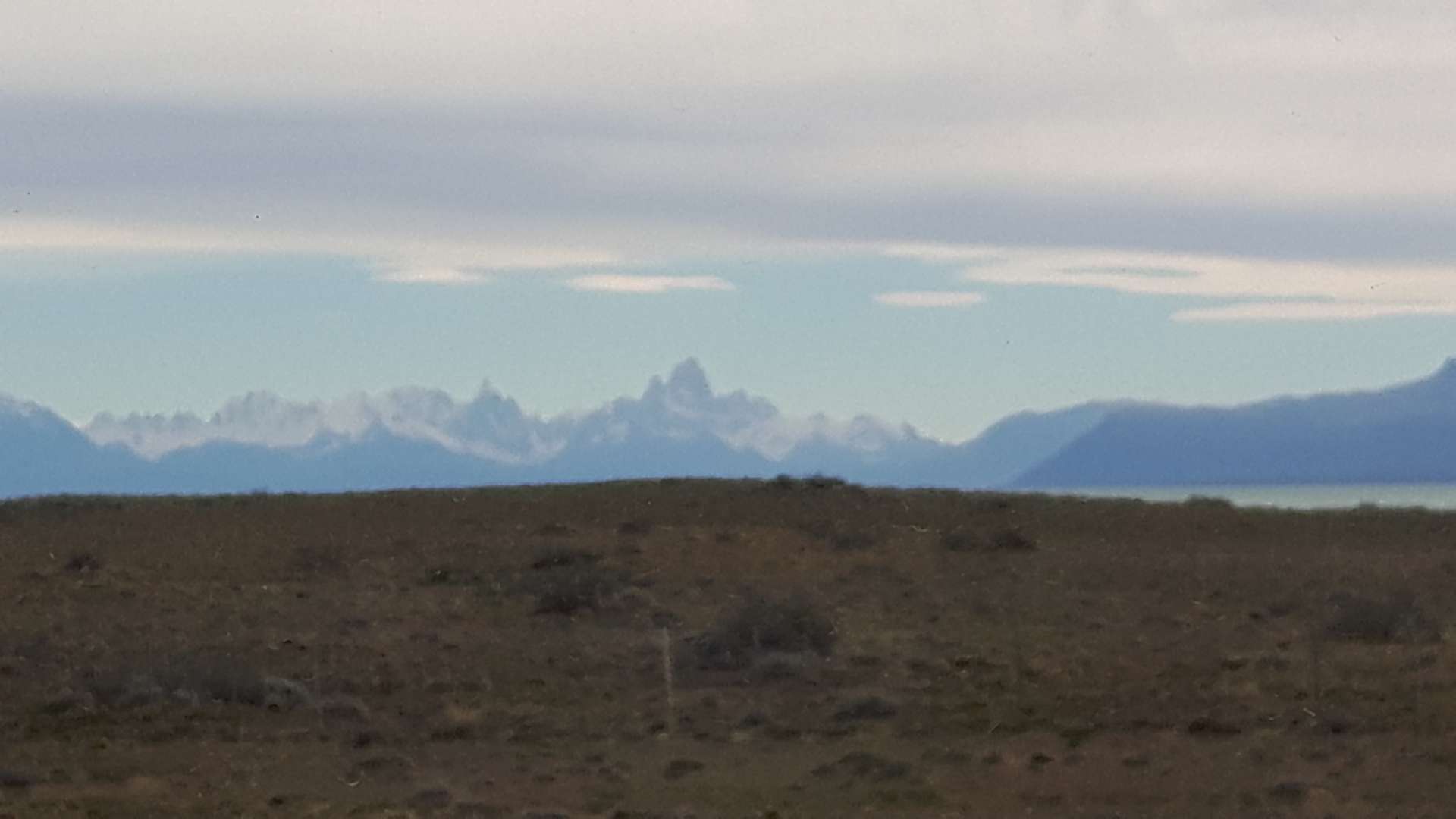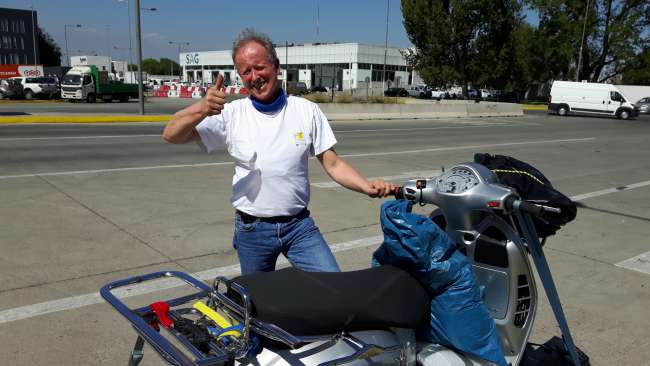ab 10.08.: Paracas & Insight into the Paracas Culture
Publisert: 11.08.2017
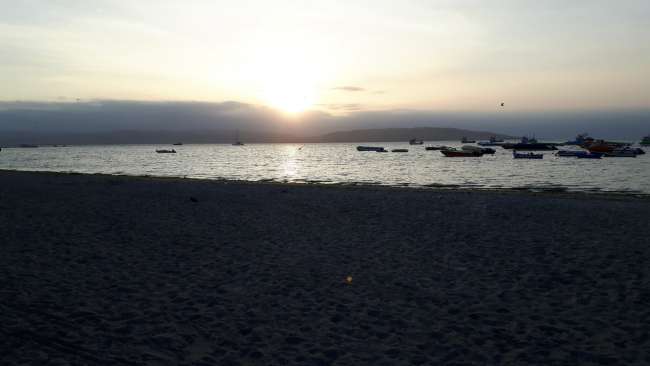
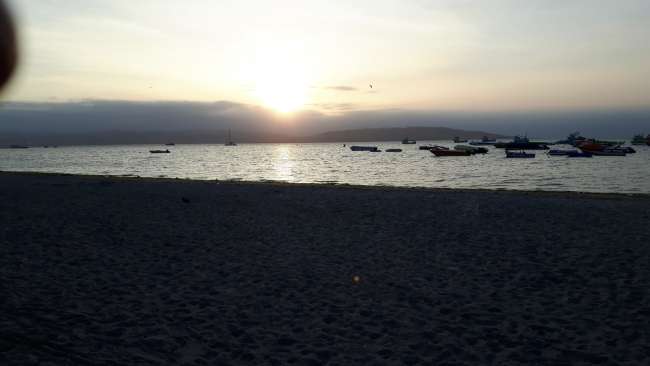
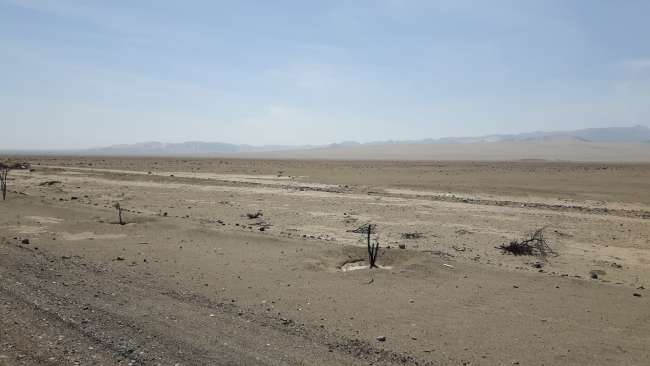
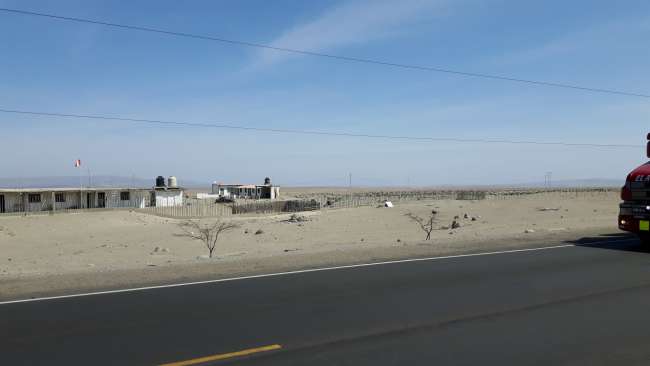
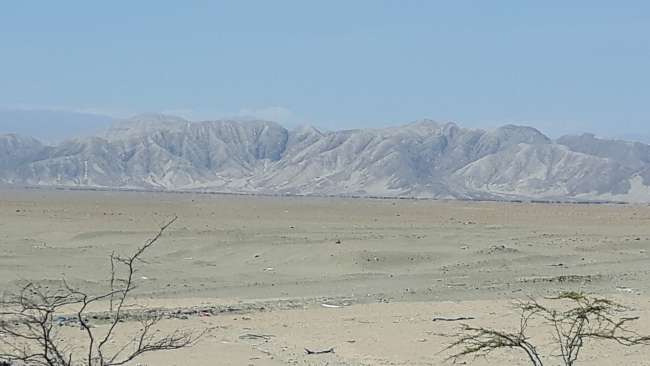
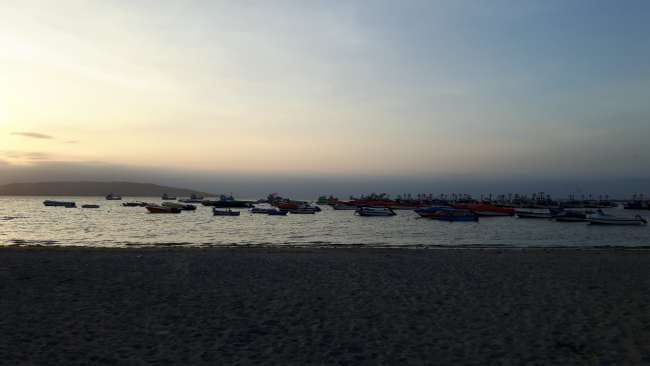
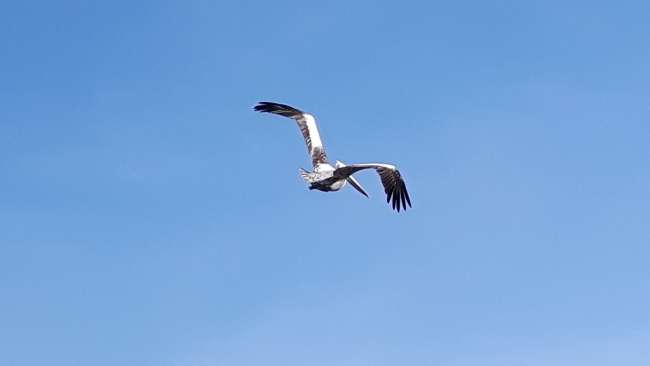
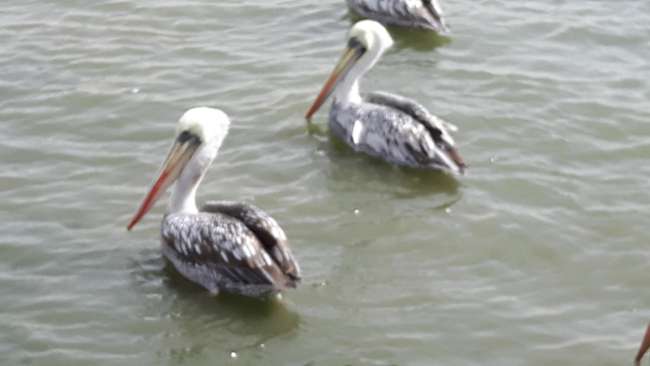
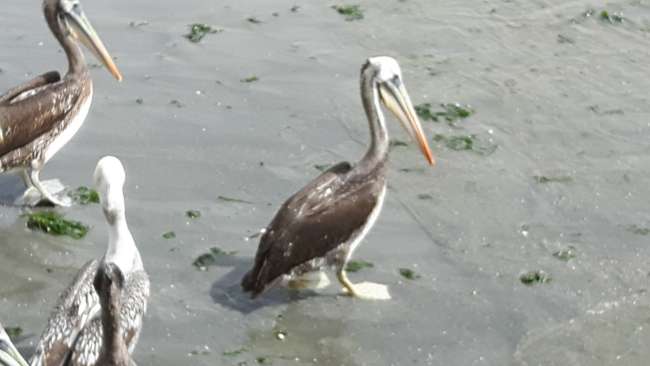
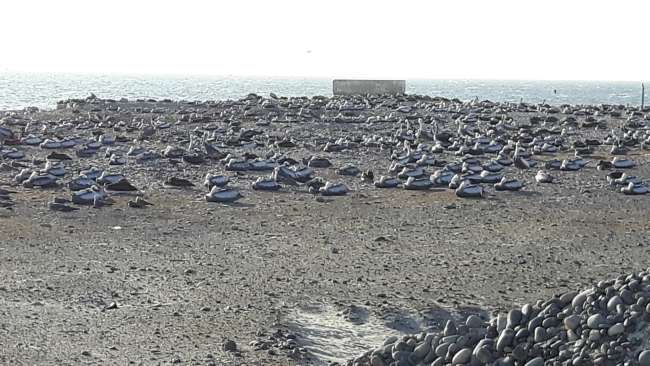
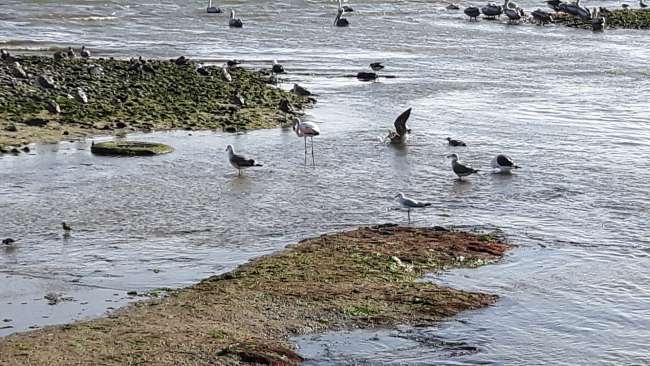
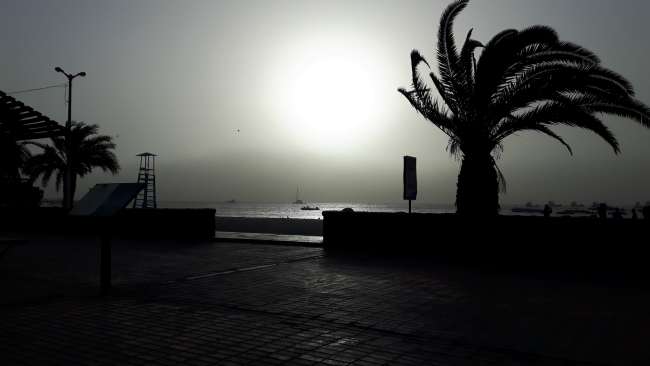
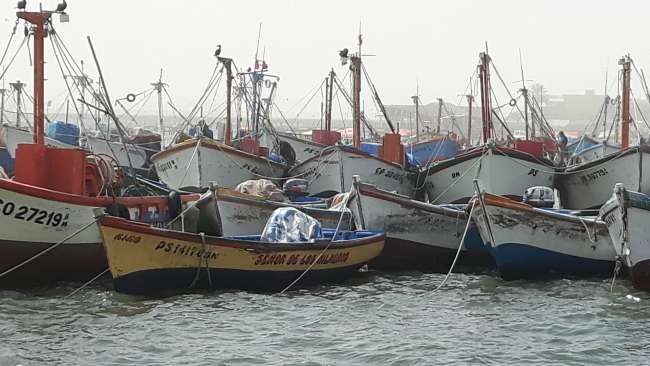
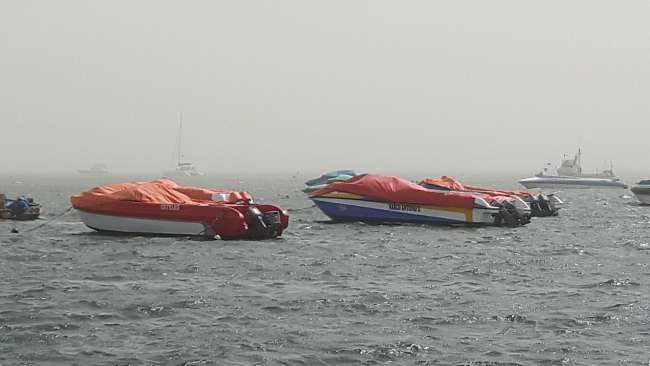
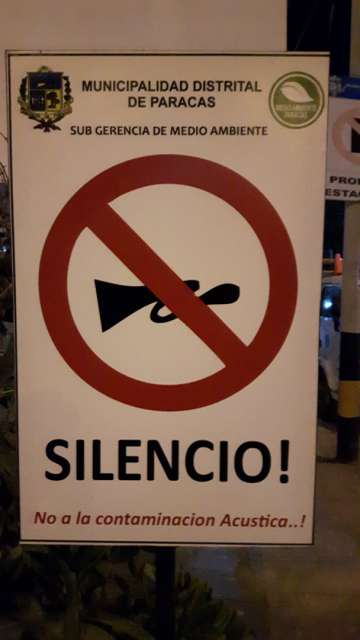
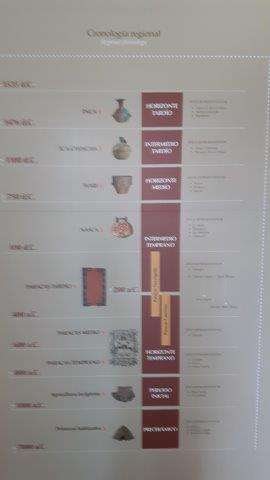
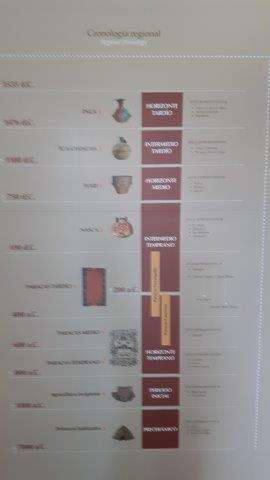
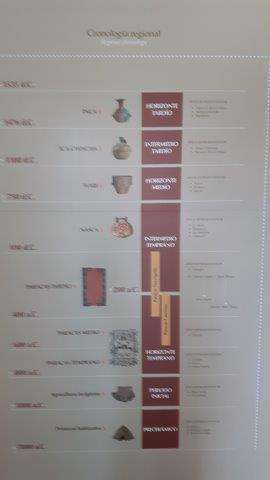
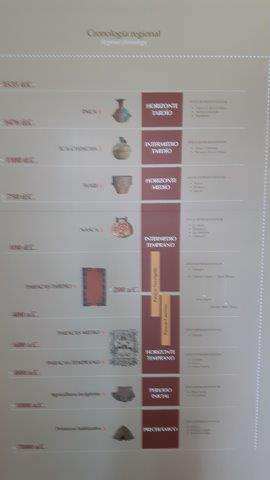
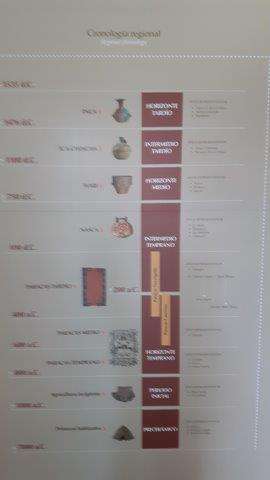
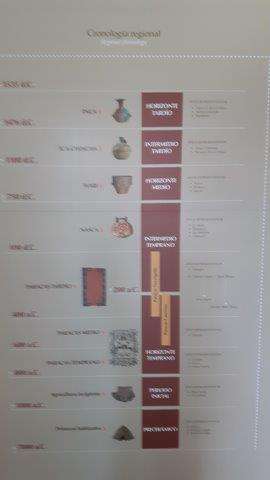
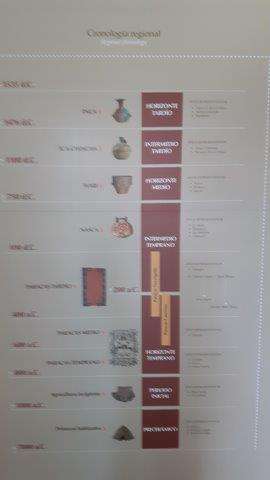
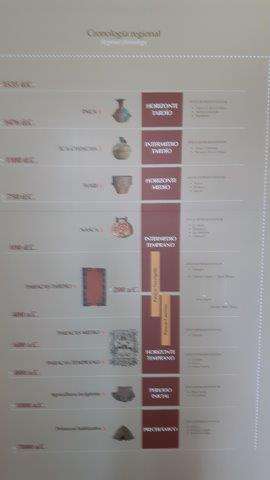
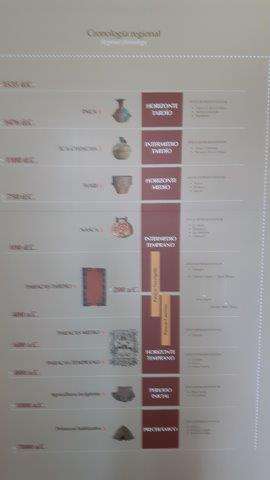
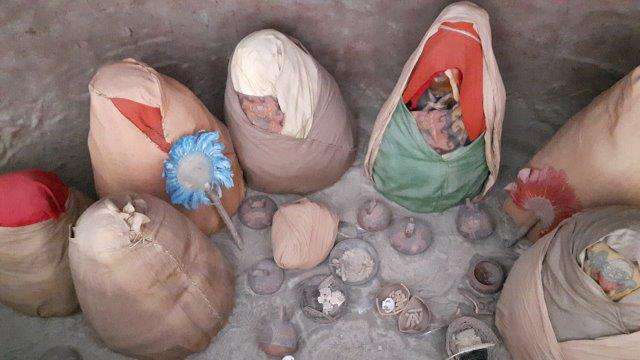
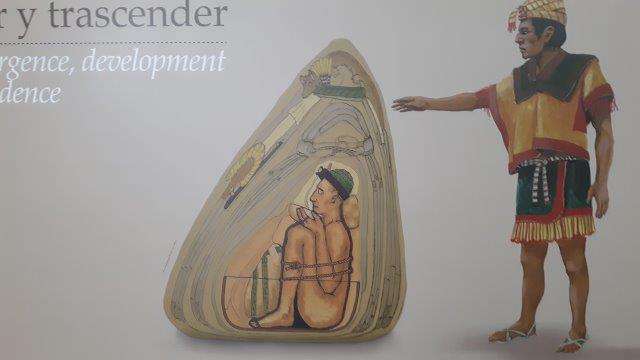
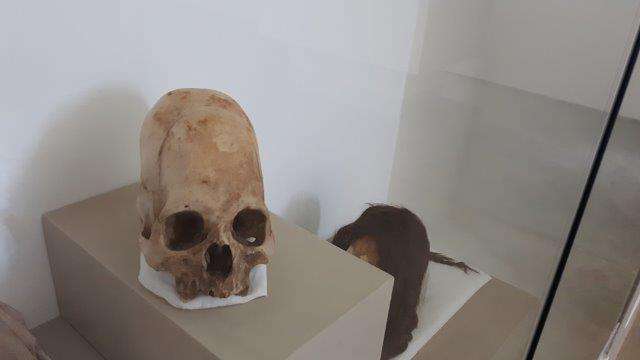
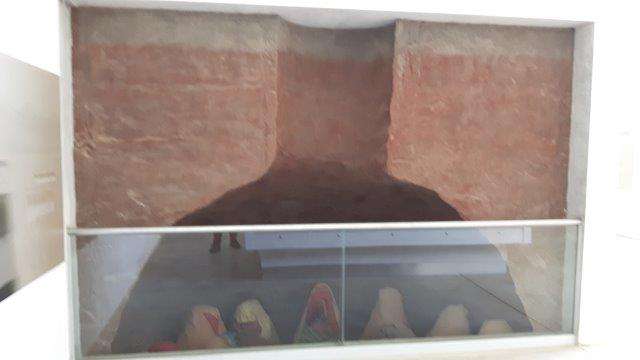
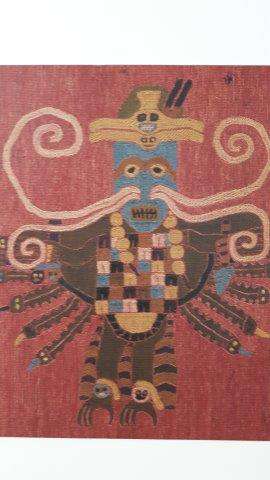
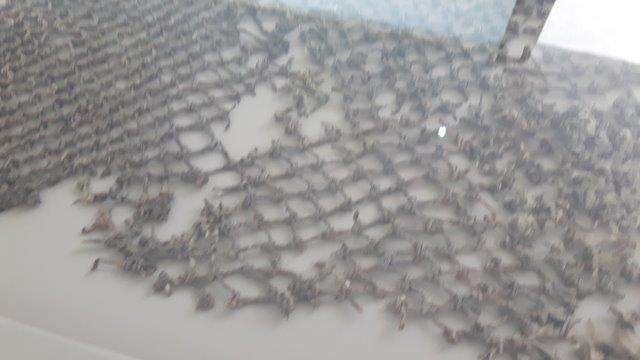
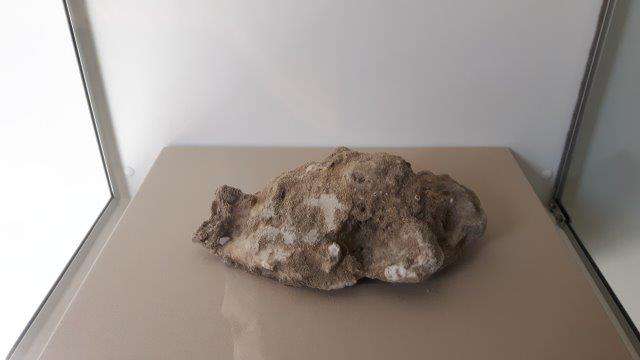
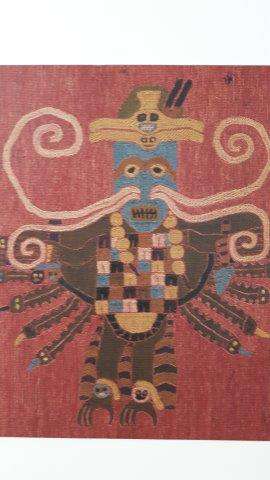
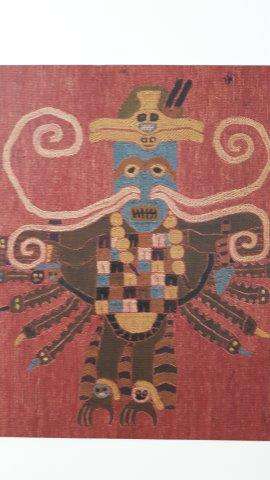
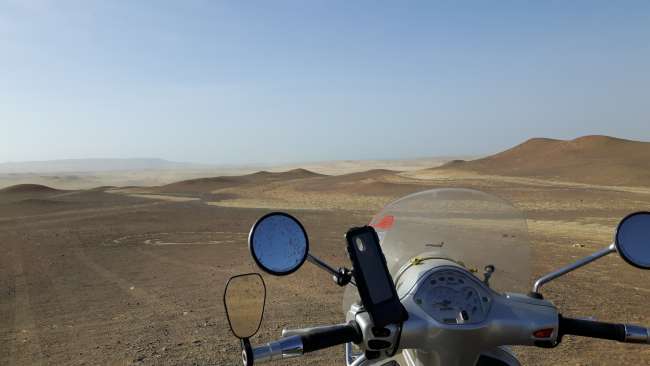
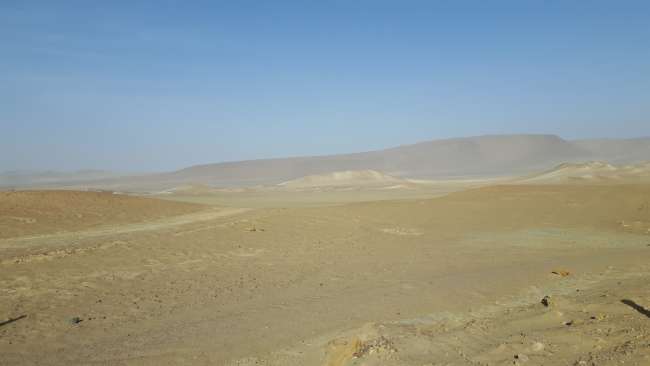
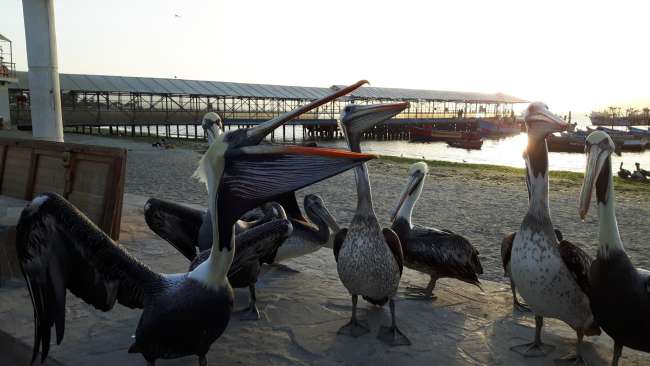
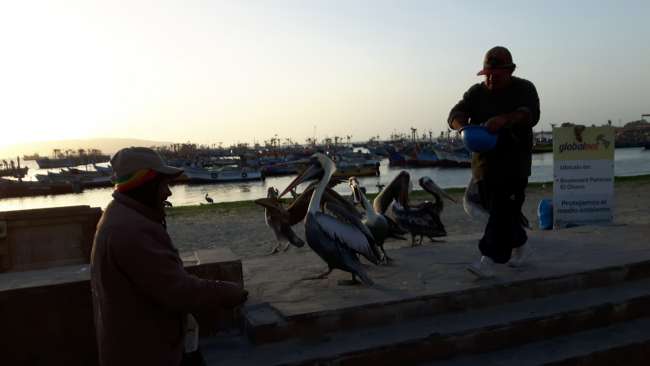
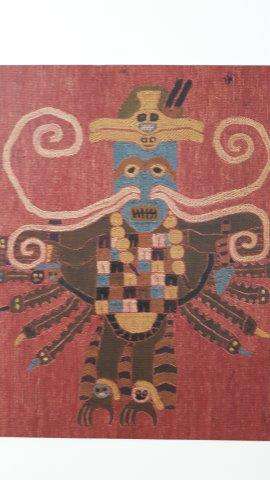
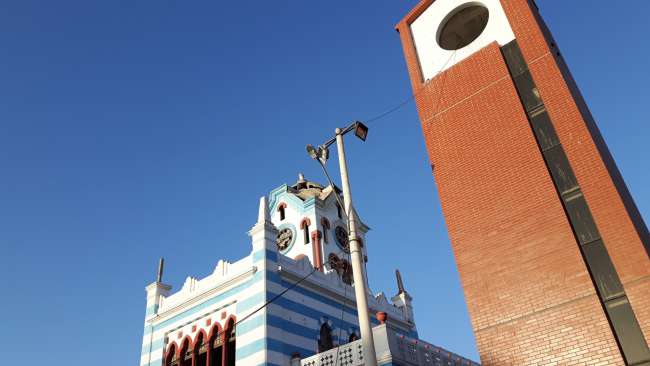
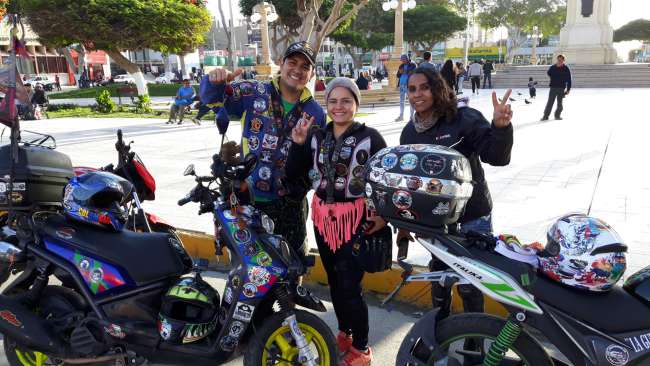
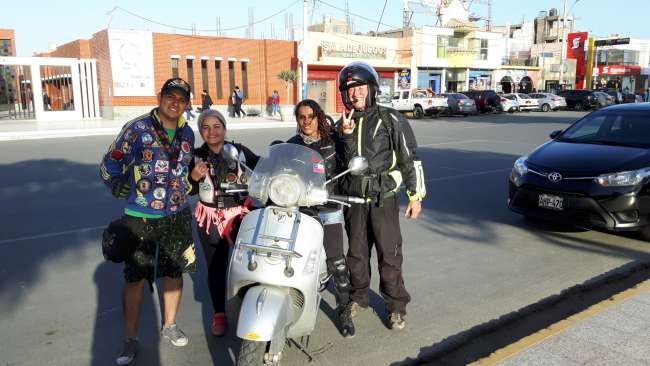
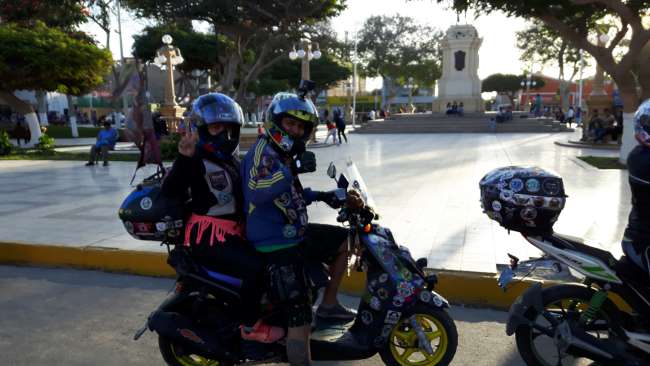
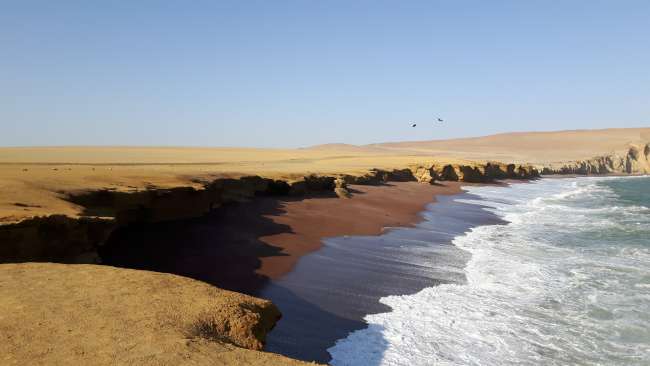
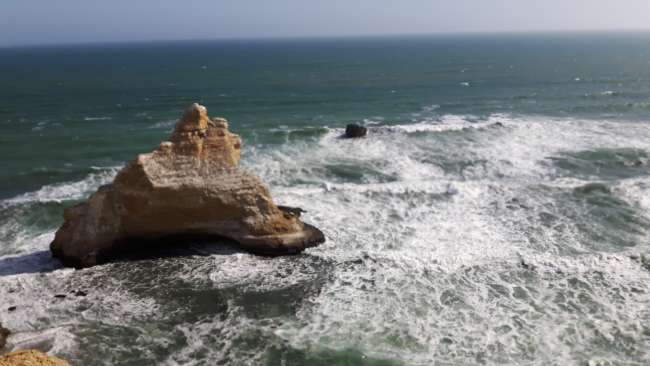
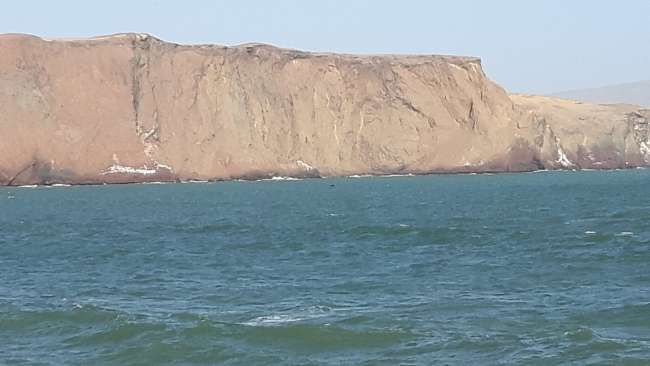
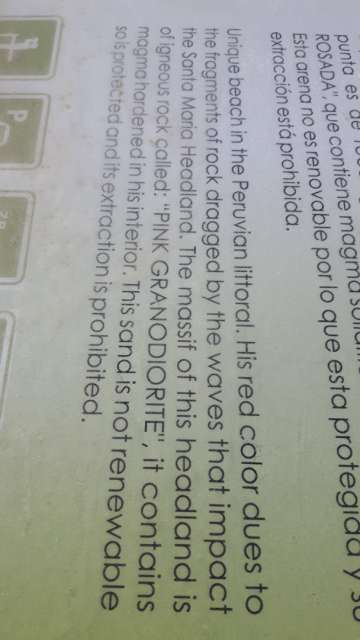
Abonner på nyhetsbrev
10.08.
today I am leaving late.
last night on one of the busy streets of Nazca made it clear that the people of Nazca have a problem with silence.
taxis honk twice when looking for passengers. Honking is one thing, but instead of honking, police sirens are used on the market or black market.
then there are cars with one or two speakers on the roof, advertising events, products, or, like this morning, apparently promoting Islamism.
then there are those who get in their cars in the evening, turn on their Dolby surround system with subwoofer, insert a CD, and then drive through downtown at a leisurely pace. And they are successful. They get attention, they get noticed. The music itself can no longer be heard because of the deafening noise and overdriven bass.
and then there are those who have installed alarm systems in their cars, intentionally or unintentionally triggering the alarm, and they don't hold back when it comes to the variety of sounds and sirens - and they are loud.
add to that the regular honking when the reverse gear is engaged and in the morning the crowing of roosters and this morning, howling dogs.
but that's part of it and must simply be tolerated. It would probably be of little use to ask the Dolby surround fan to turn down his volume. Blasphemy!!
since I know that the Andean roadblock lies behind me and I can cover more kilometers in fewer hours, I leisurely eat breakfast, pack the Vespa and first go to a tire dealer, from whom I can imagine that he has a pressure gauge. The gas stations do not have such a thing. The Peruvian driver simply knows when the desired pressure is reached.
my plan works. The tire dealer has a pressure gauge, and my tires are provided with the correct amount of air.
and then we leave the city. The oncoming traffic is waiting for 3 mega-trucks with oversize loads - they are transporting large diameter pipes and apparently that can only be done during the day - but as a two-wheel driver I can weave through, the car drivers have to wait. Finally, I am back on the Pan-American Highway, which leads me straight towards the horizon for the next half hour. With increasing distance from Nazca, the fertility decreases.
I am surrounded by nothing but dreary stone mountains and endless desert.
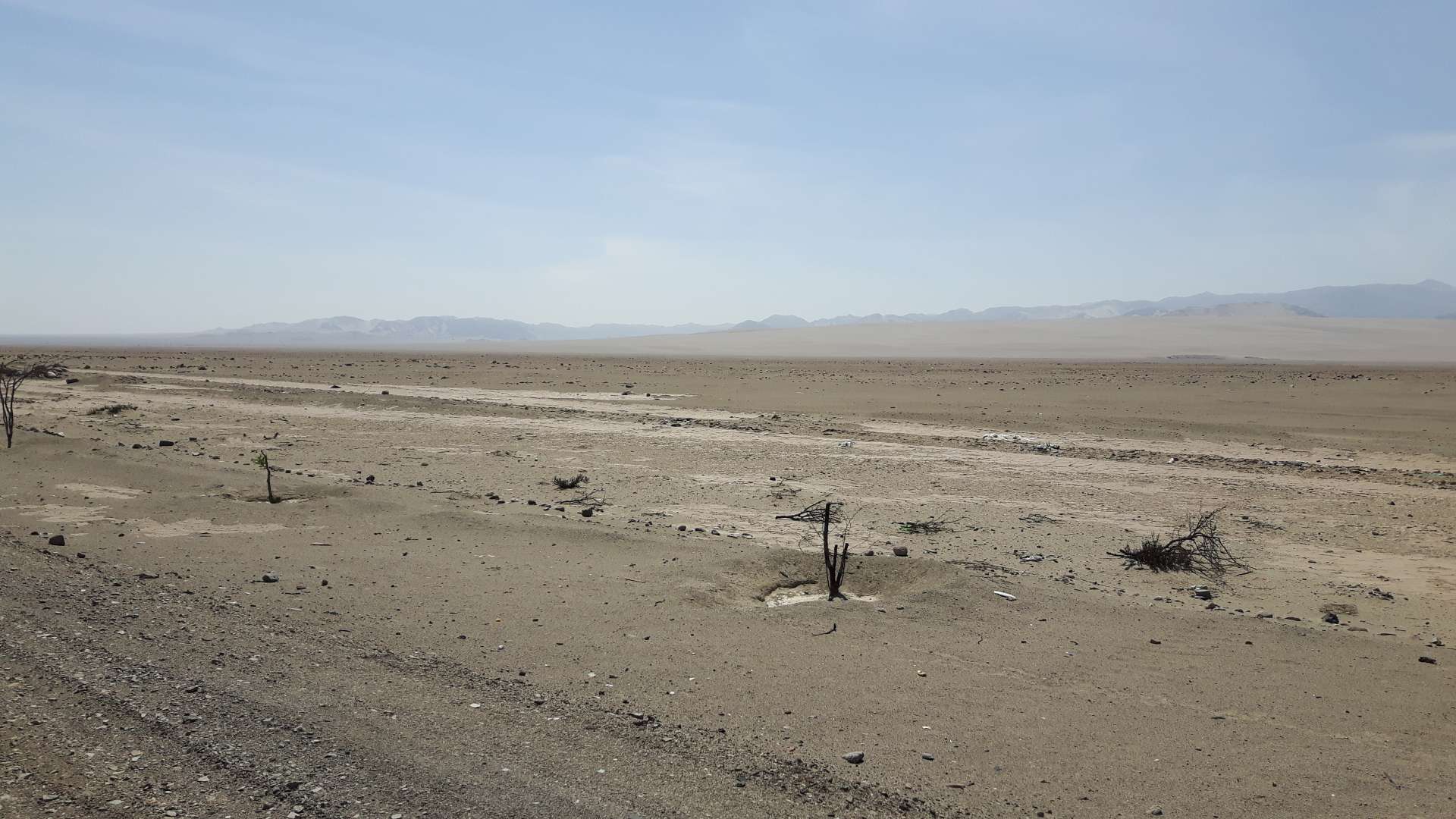

sometime the road is lined with a green hedge

like crumpled wrapping paper - in the foreground the freshly planted saplings
I leave the Nazca lines aside, the Vespa is revving despite headwind at almost 100 km/h, and we are making good progress.
in this dryness, I see that young trees have been planted on both sides of the road and are regularly watered. At first glance, they look sad and leafless, but on closer inspection, many small green leaves can be seen.
and indeed, many kilometers later, they have grown into stately hedges. Infertile desert? Underground water tanks or water veins?

maritime flair - there it is again
around four o'clock I arrive in Paracas. It is also located in the desert. In the city with an estimated 20,000 inhabitants, there are green grass areas, palm trees, and blooming bushes.
excavations were made here that date back to 800 BC. Mummies were discovered with extremely rare and elongated skulls. There are opinions that say it had something to do with status and social position. The skulls of those affected were artificially elongated even as infants. Similar things have also been discovered in the Nasca culture.
outside the tourist areas, there are abandoned and decayed houses, no trees, no bushes.
ten years ago, the nearby city of Pisco was hit by a severe earthquake that pretty much destroyed Pisco. So tourists moved and continue to move 15 kilometers further south to Paracas. I keep coming across trucks with water tanks that provide supplies.
near the beach, I find a small restaurant, and in just 5 minutes, the afternoon sun reaches it - and there I order two toasted cheese sandwiches and a cola and let the rest of the afternoon pass by. A few meters away, the Pacific Ocean roars, I see few gringos, write apps, and only think about finding a hostel when it gets cold.
I still don't feel like staying in a hostel with shared rooms, and when I stand uncertainly in front of one of these backpacker lodgings, a strong man in a jacket in his mid-fifties approaches me, looks at me, looks at the Vespa, and shakes his head. 'crazy, absolutely crazy...' - and he wants to know what everyone wants to know and he tells me that he knows Germany, he has worked in southern Germany and had a girlfriend in Stockholm and visited her by car every two weeks. No, they don't have children - I wanted a happy ending - now he is married to a Russian... he tells me about his restaurant over there in the multi-story building with a sea view, it is very good and expensive, but he gives me 50% discount. Then he shows me a hostel, but first a photo has to be taken - of the Vespa and the crazy German guy.
a nice encounter, I accept the offer, have a big salad in the evening, a fish fillet, and collect the discount. nice goodbye, he shakes his head again when I tell him that Montevideo is my destination. crazy, absolutely crazy!
I spent the night in a private room. A large complex with a restaurant and a pool, green lawn, loungers, and no honking taxis. I am in for a restful night.
11.08.
today nothing happens. not difficult either, because life here is in slow motion. I changed the spark plug and break cable of the Vespa, took a test ride, thoroughly cleaned the visor of the helmet, and investigated the reason why the intercom system is not working.
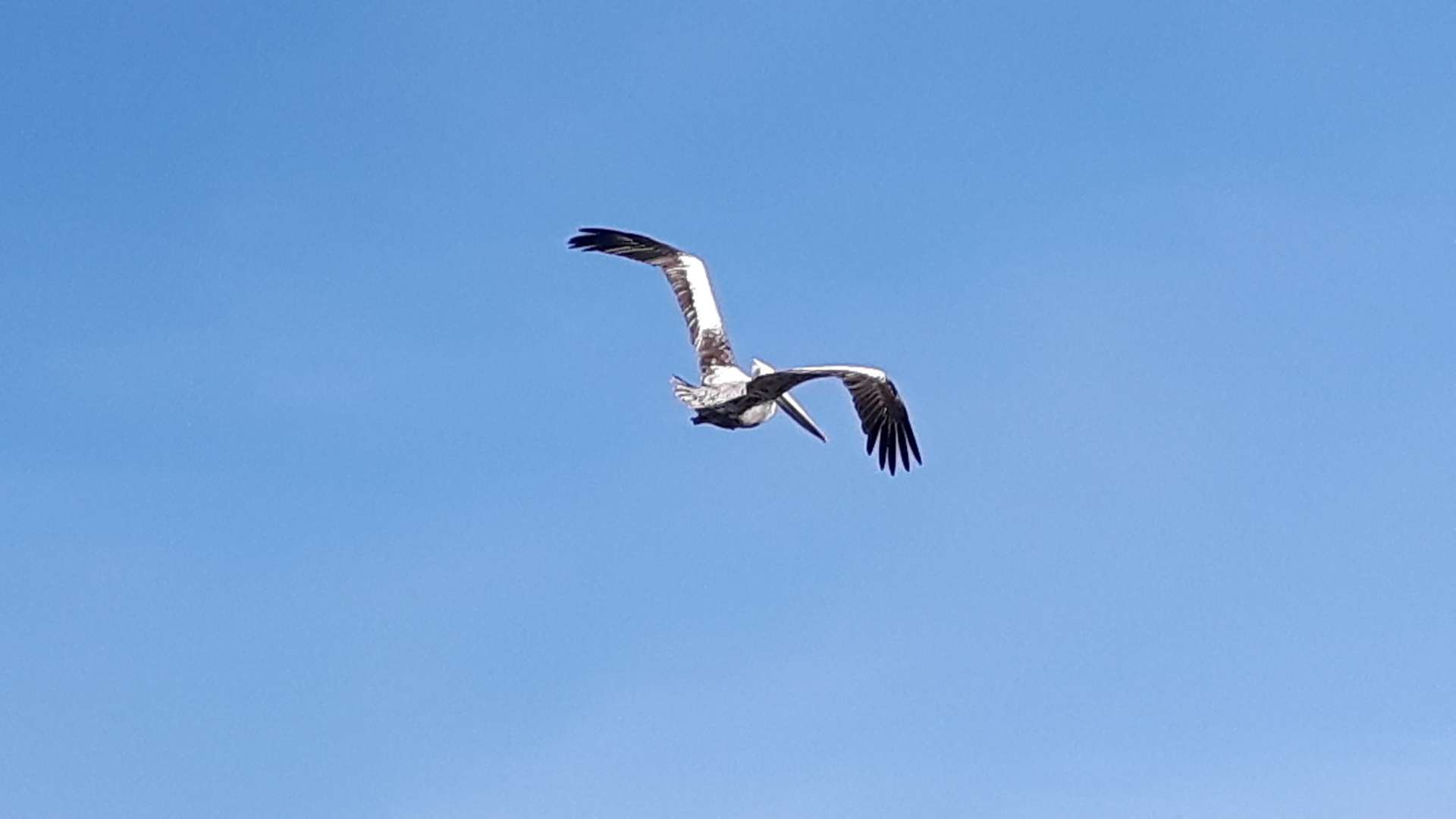
high-flying
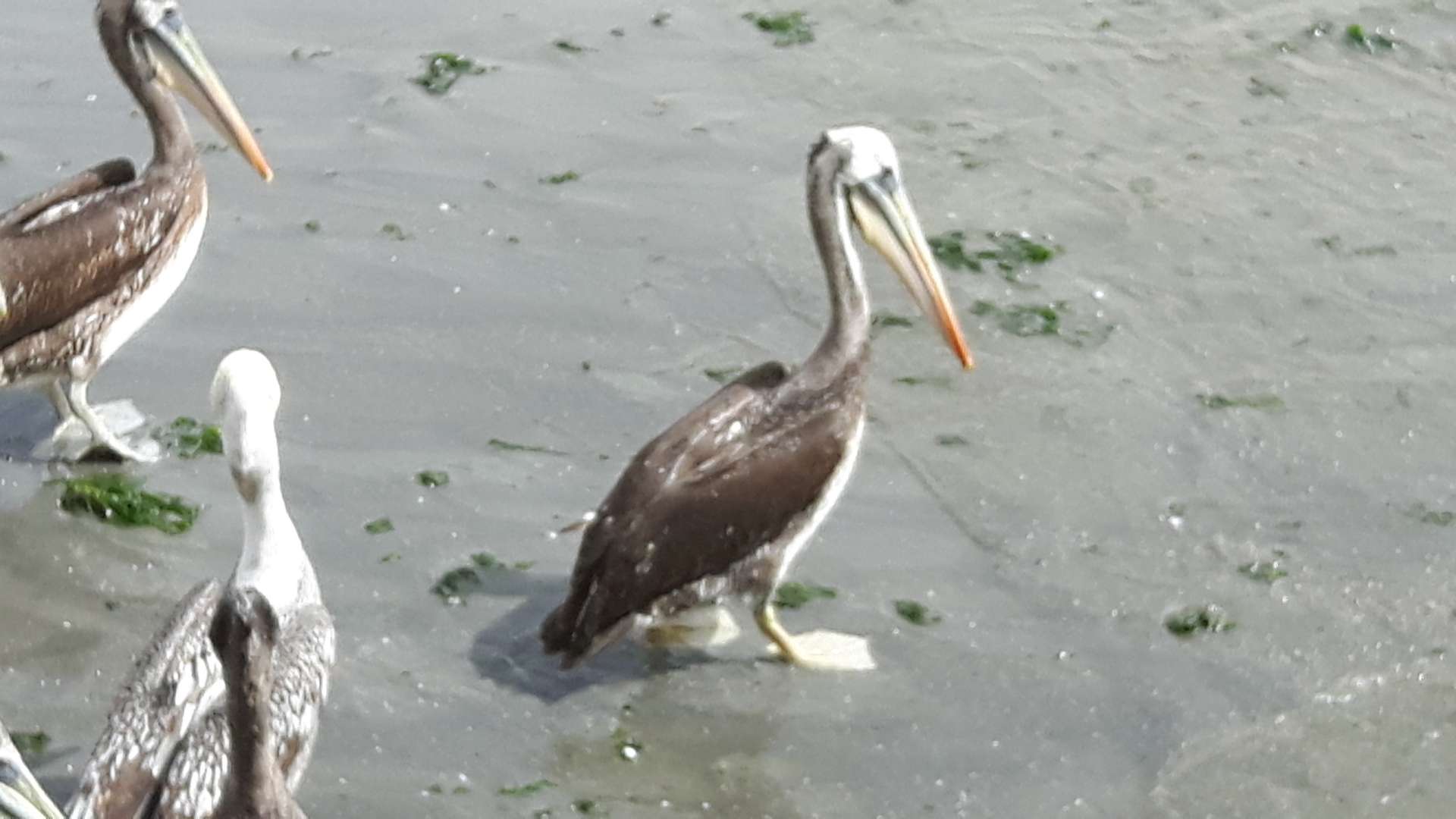
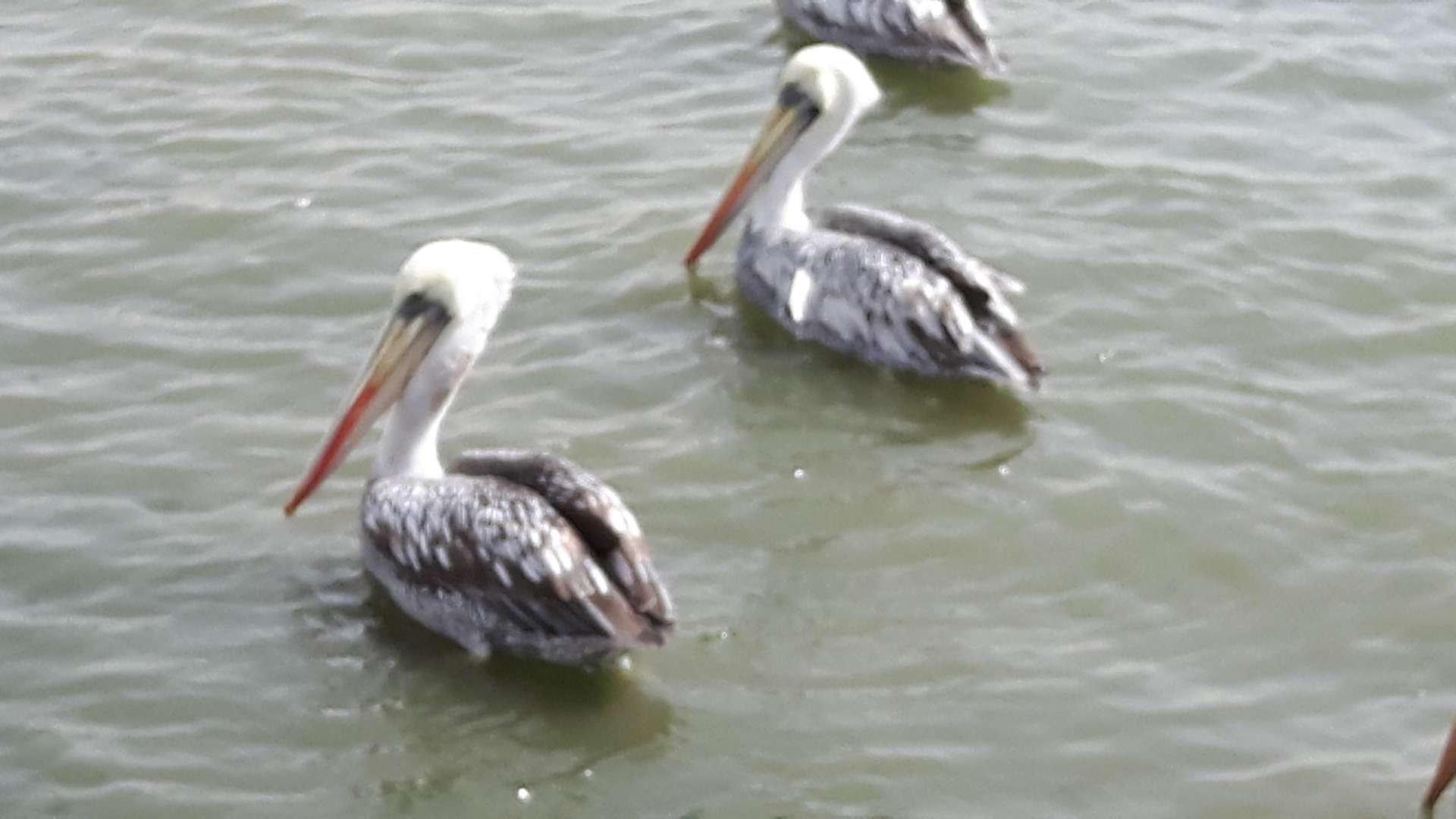
newcomer
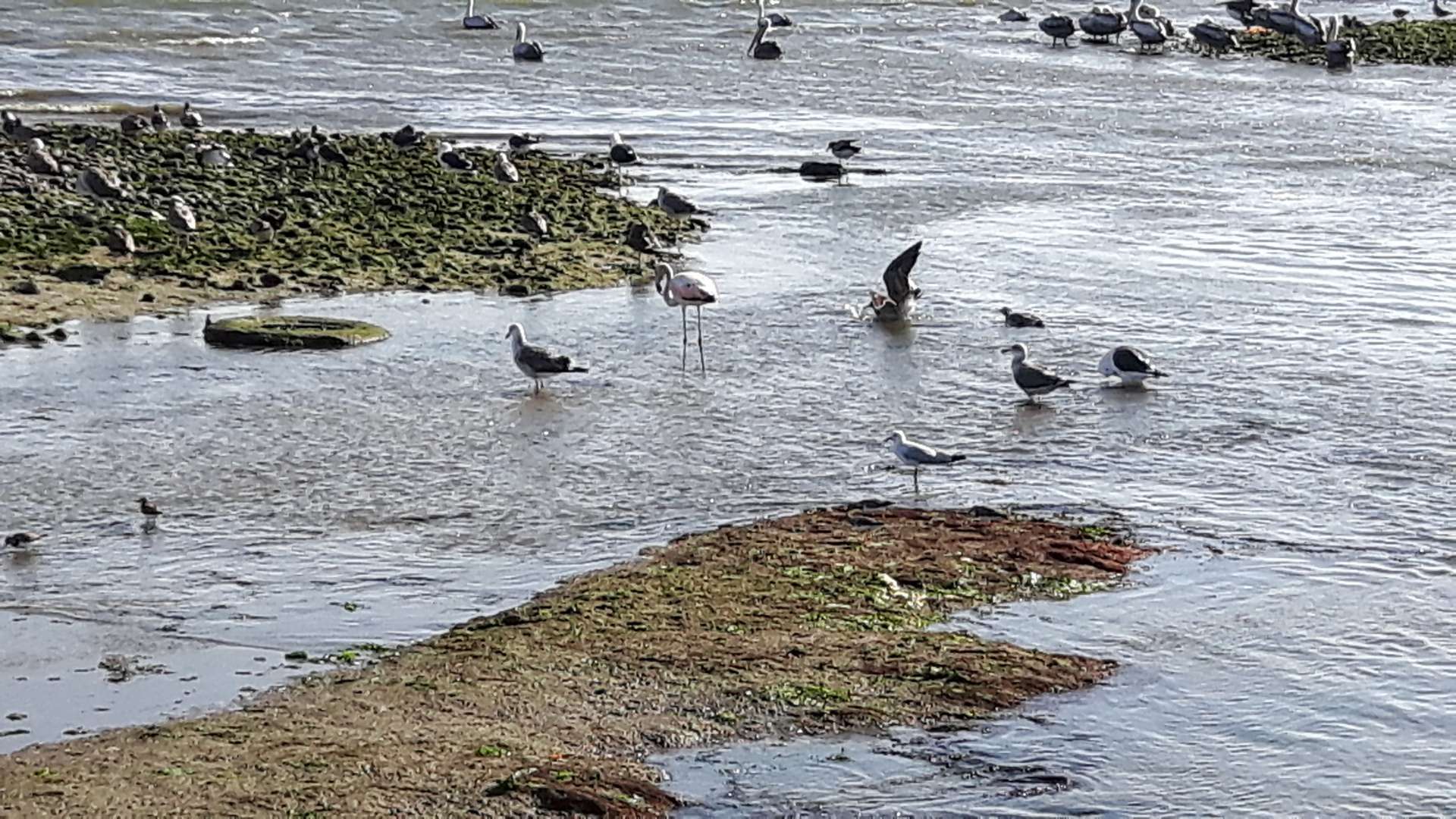
I walk along the beach promenade - relatively few people - observe the seagulls, pelicans, and even a couple of flamingos.
unfortunately, the beach is quite littered, but that doesn't stop me and I come to a place where hundreds of seagulls and pelicans take a break.
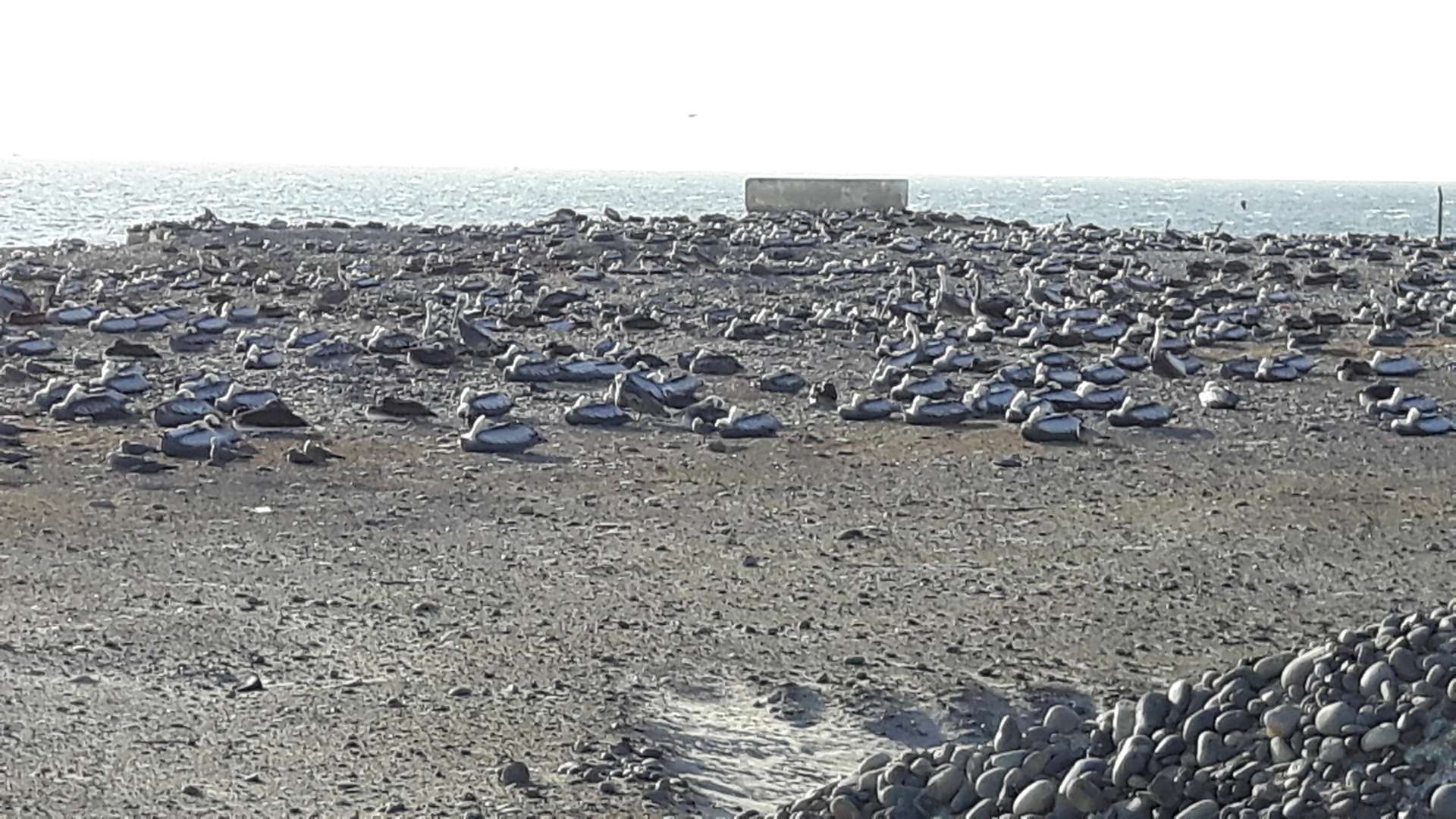
when they want to sleep, it looks from a distance as if they fold their head with the long neck and the bothersome beak and put it on the side
a peaceful day, appropriate for the overall pace.
12.08.
similar today.
outside, noodles are being cooked in a large pot on an open fire, and elsewhere - I can't see it - surely something with chicken.
the people from the village come here and pick up their meal in closed styrofoam containers. it is already very windy, and nobody seems to care that plastic bags fly by themselves, that the styrofoam boxes fly through the area - there is little sensitivity here to the environment and what plastic bags can cause. I observe this from my room and eventually get up, collect the bags that have gotten caught somewhere and bring them to the owner or tenant of this property. he looks at me somewhat confused. the plastic bags that fly like wind bombs through the city towards the water are a danger to animals and birds that are defenseless when a bag gets trapped on their heads.
the whole beach is full of them. and the people who pick up their meals here come without bags and leave with a white plastic bag. where it will be found later... if waste disposal doesn't work and dogs tear open the bags looking for something edible, then those bags will soon be flying away.
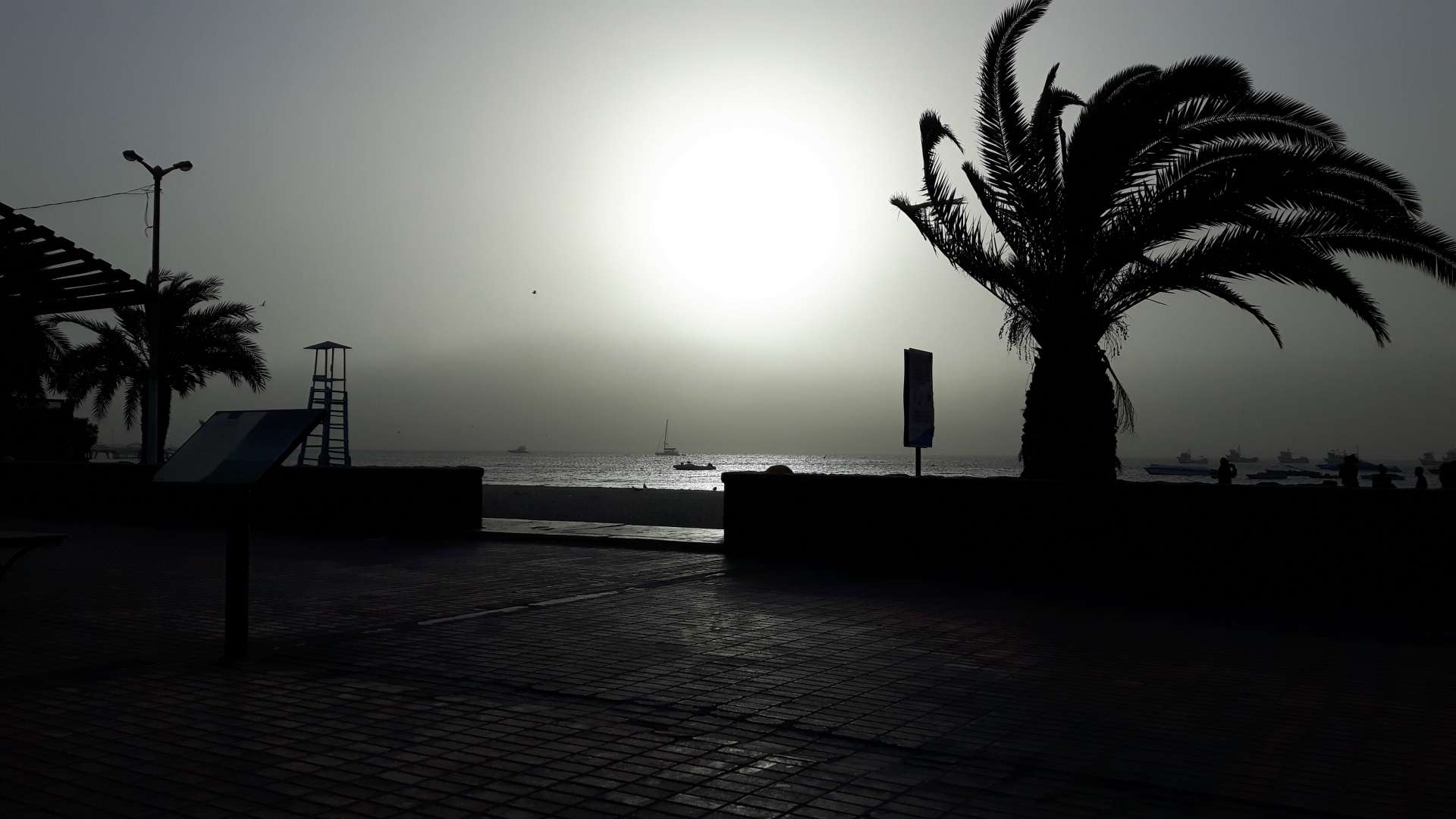
could look like the end of the world
I had to cancel a trip to the reserve on the recommendation of security personnel because there is a considerable sandstorm. I didn't really want to take it seriously, but I followed the advice and turned around. The sky no longer has its blue colors, sunlight is filtered through the sand clouds. There is no more horizon, the palm trees bend like on TV, there are few tourists on the promenade, the sellers of handicrafts and alpacas have closed their stalls.
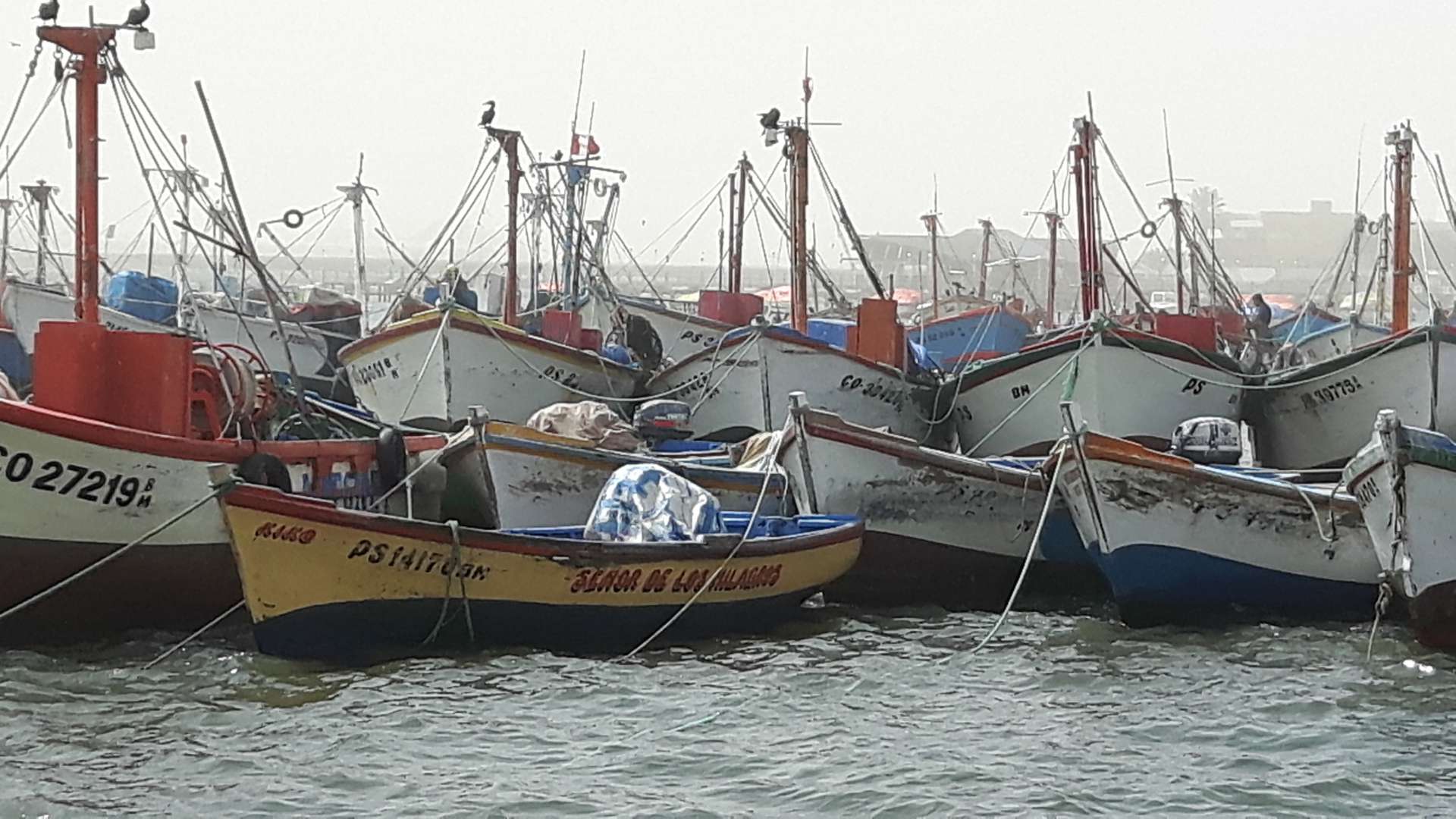
the blue sky can still be seen
I once again adapt to the overall slow pace, observe the activity on the water, the kite surfers who can fly meters high above the waves and skillfully land, the takeoffs and landings of the pelicans, eat ceviche later, and in the late afternoon return.
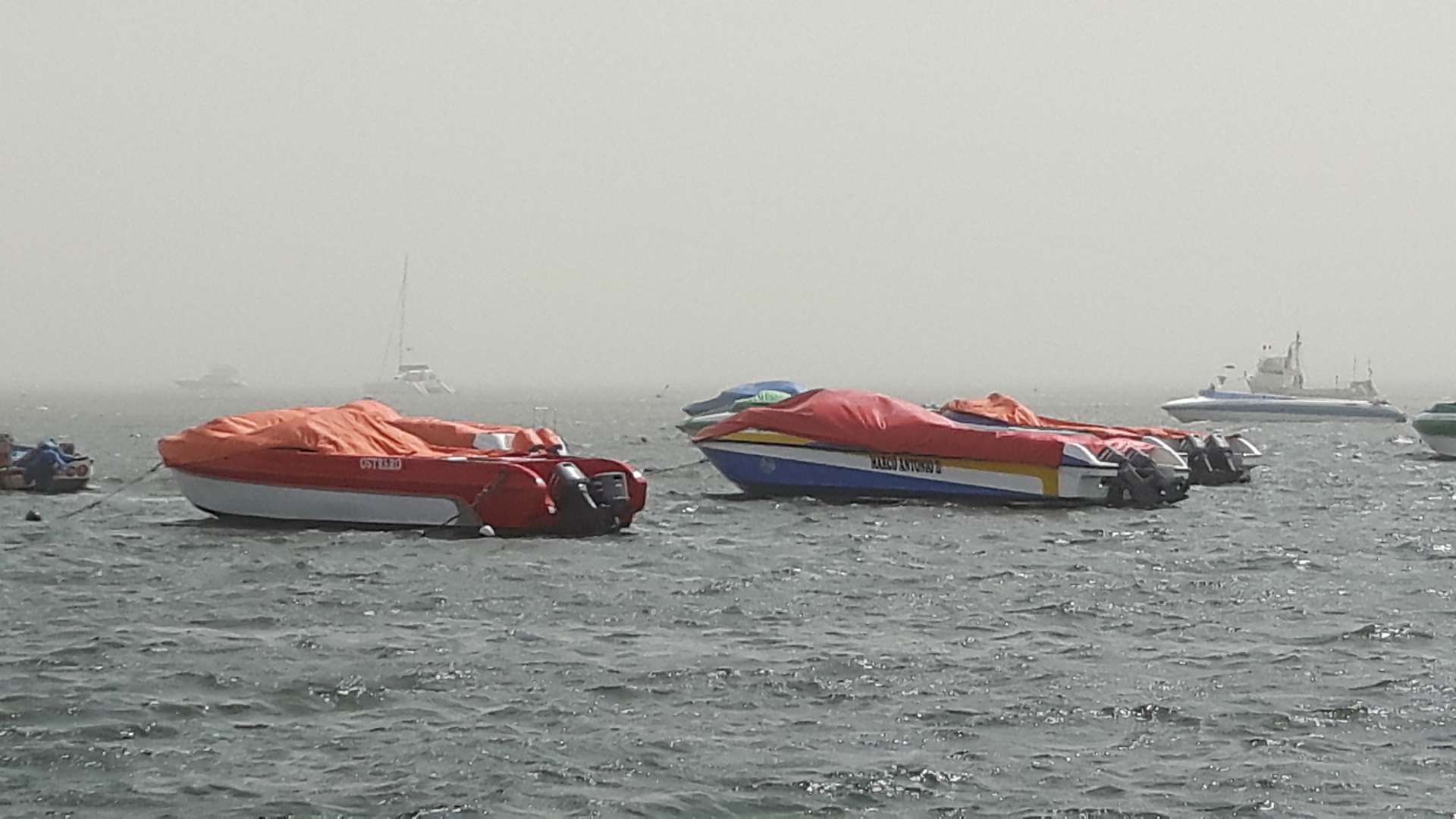
on the horizon, the yacht of Jackie Onassis...
in the foreground, racing boats with two outboard engines
I correspond a bit about the intercom system, which I bought during a visit to Eddo in Aurich a year ago. Eddo called the shop for me this morning - shortly before closing time in German time - and made contact. Now it's about a new battery and the key question of where it is actually located... where it should be, electronic components are looking at me...
today is Saturday night - is this the calm before the storm? besides howling dogs, there is nothing to be heard outside...
the Friday night into Saturday morning marked the start of the weekend with open-air music until 5am.
the houses here in the complex are made of drywall and do not provide any sound insulation.
13.08.
last night - all quiet and civilized.
not only me, as a Western European, notice the constant honking of cars - an agency was even hired to design a corresponding prohibition sign. I discovered it on my way back to the hostel:
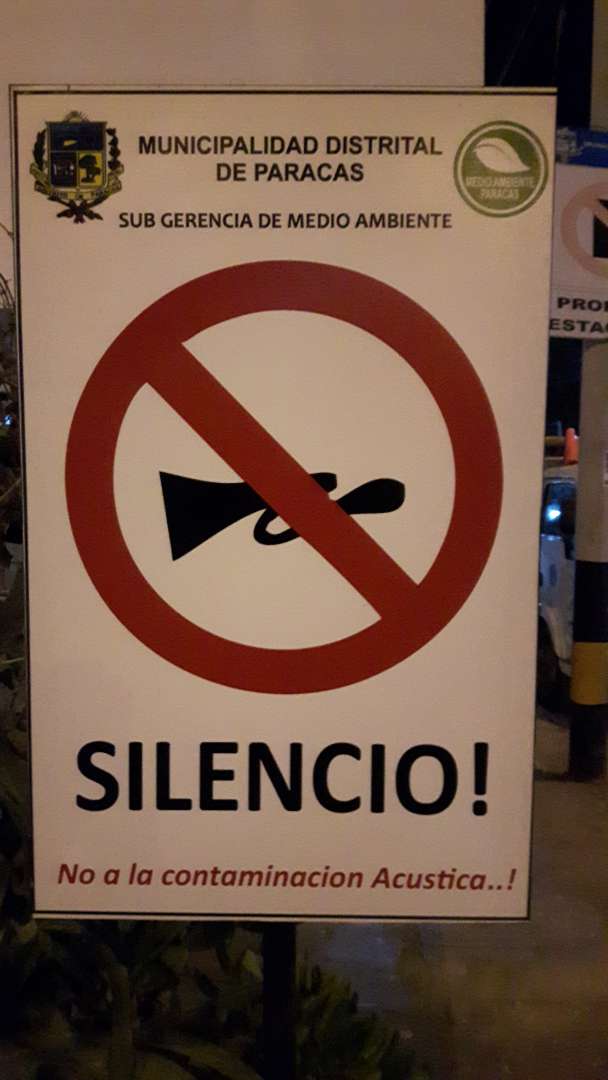
the desert storm has moved on overnight, so I can now go to the reserve. I don't know what to expect. I was pleasantly surprised that there is a museum about the history of the Paracas culture.
the museum is housed in interconnected brick-colored concrete blocks, which are loosened up with window areas and generous entrance areas and are therefore attractive.
there are apparently two factions among the scholars:
those who say that the Nasca culture existed as early as 800 BC and that the Paracas culture influenced it in essential ways - here in Paracas, it is said that the Nasca culture came after Paracas.
this game reminds me of something:
in Chilean Pisco, schoolchildren and tourists in white sprinters all learn that Pisco / Chile is the origin of the distillate made from grape must, while in the Peruvian curriculum it says that the origin of Pisco lies in Peruvian Pisco.
whether it is 2,100 or 2,800 years doesn't matter much from today's perspective. More important is the question of who copied from whom.
the main focus of the museum is on the presentation of medical achievements, such as the fact that people back then were able to perform operations on and inside the skull.
skulls are exhibited that have a five mark coin-sized hole. These operations were performed for epilepsy, chronic pain or exorcisms.
the recovery rate of patients was over 50%. this art is called trepanation and was performed around 400 BC. Hard stones were used to open the skull, or it was drilled. There are images that show that surgery was also performed outside the skull.
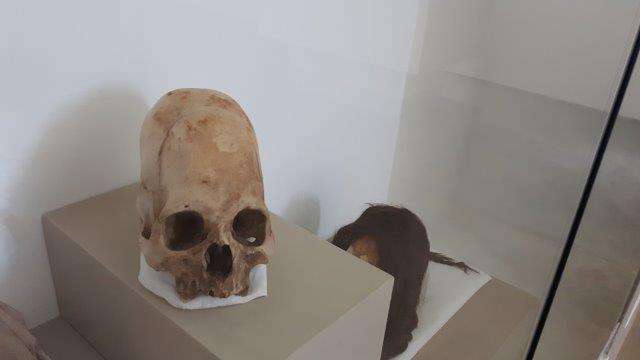
these skull elongations were performed on infants either using a board, wraps, or special cradles.
presumably, infants and patients undergoing skull surgeries were sedated with sedative plants.
here in the museum, a skull operation was shown using life-sized figures. The patient sits and seems to be in meditation, his companion holds him, and the surgeon opens the skull with a stone tool. There are photos of skulls that show that the hole has completely closed after the procedure.
great importance is also given to the cult of the dead.
the dead were mummified and then placed in a flask-shaped grave. The neck of the flask was extra long, and the grave itself was kept low so that the dead could be buried in a sitting position.
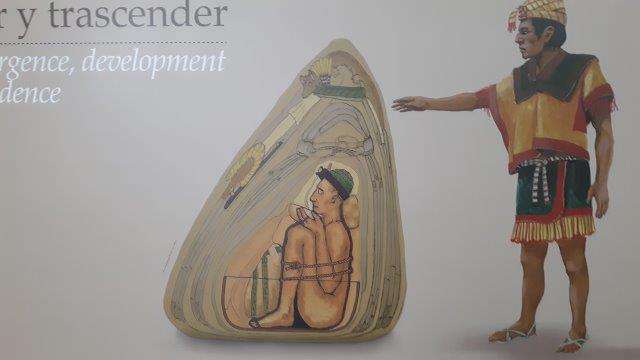
the woven cloths in which they were wrapped were only made for this purpose

up to 30 to 40 mummies were buried in the graves
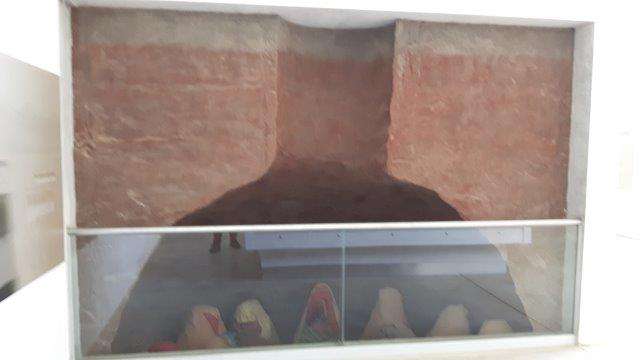
interesting to me is also how they produced the colors for their woven fabrics. Red, for example, was obtained from the excretions of a parasite.
or for fishing, a large fishing net was artfully knotted from tanned seal skin.
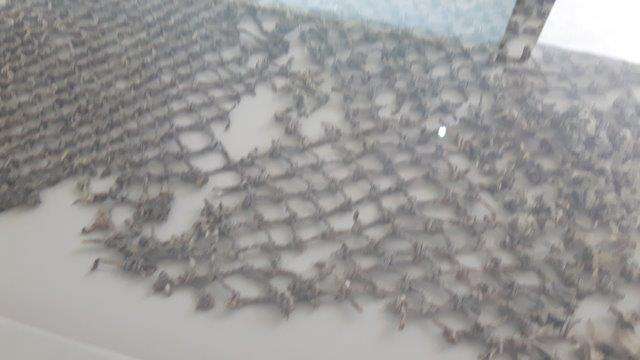
a fishing net knotted from tanned seal skin
the people also lived in underground houses, as well as in stone houses. The stones consisted of a sand and mineral mixture, which hardened over time and due to the dry weather.
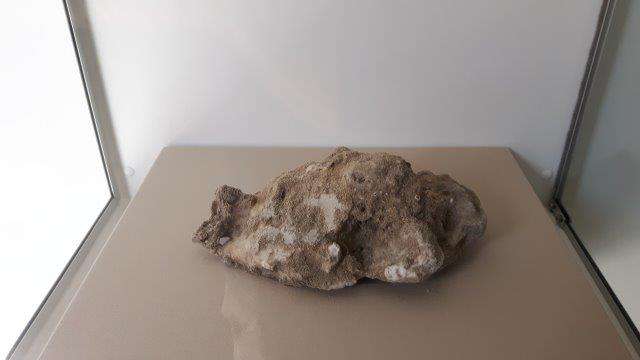
the building material for the houses
In the afternoon, I explore the peninsula with the Vespa. There is relatively little traffic. Buggies and quads are rented in the town of Paracas, with which tourists can explore the peninsula accompanied by a rental car. Great fun - nevertheless, there are long sections without noise. The wind has picked up again, making it difficult to stay in the lane, but I have great views.
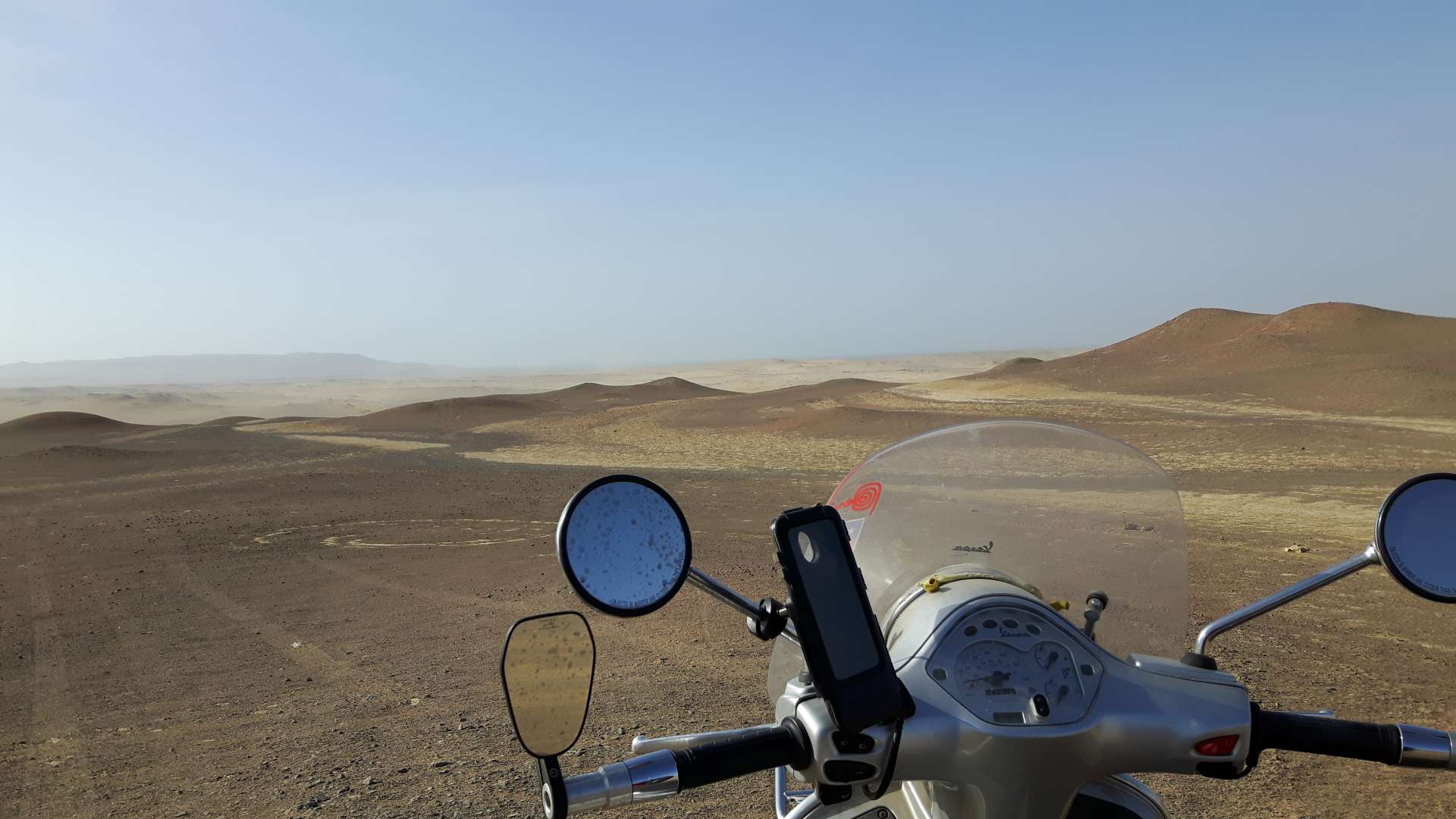
sharp dunes
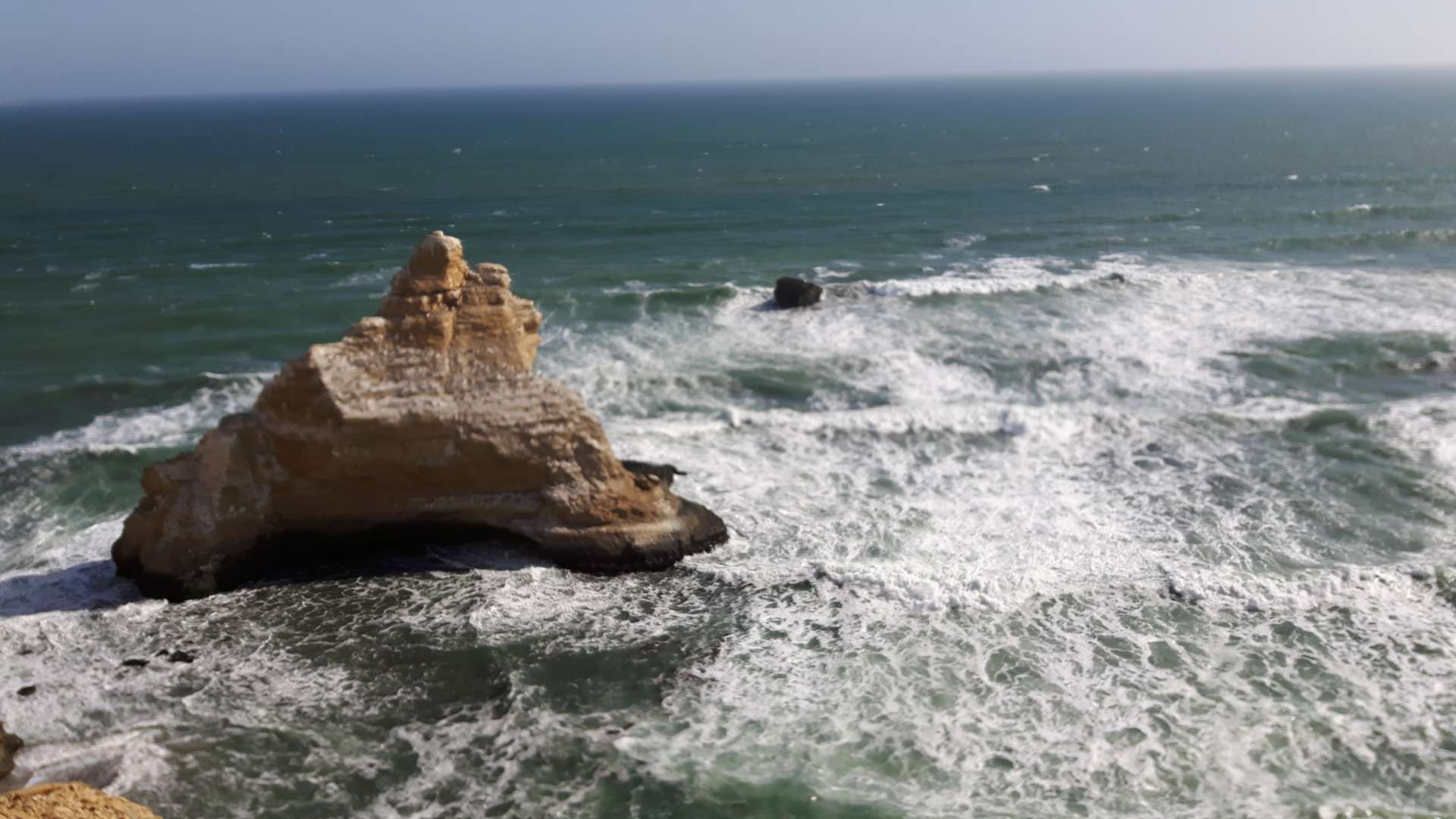
The beach
with these thoughts in the back of my mind, I gladly let myself be taken on the journey and sometimes even had a grin on my face.
I enjoy that today is not a weekend, that there are only a few people on the peninsula.
16.08.
my birthday in a foreign land. actually nothing new for me, since I usually had my birthday during school holidays and was somewhere on vacation.
Actually, I wanted to take a boat to the offshore island Balista, but I decided against it. At 10:00, a family call was announced, then I received beautiful birthday messages by email and WhatsApp, and a phone call. Nora asked about the burning candle on the fried egg, a birthday cake, and many people - I denied all of it. I missed a birthday cake and a candle, but I didn't miss many people. So this day was fine for me - towards evening, when the campfire is kindled and the evening guests arrive - something was missing then.
Tomorrow I will continue to Lima. The district of Miraflores is said to be beautiful - I am excited and look forward to a tour along the Pacific with side and a bit more tailwind.
Abonner på nyhetsbrev
Svar

Reiserapporter Peru
